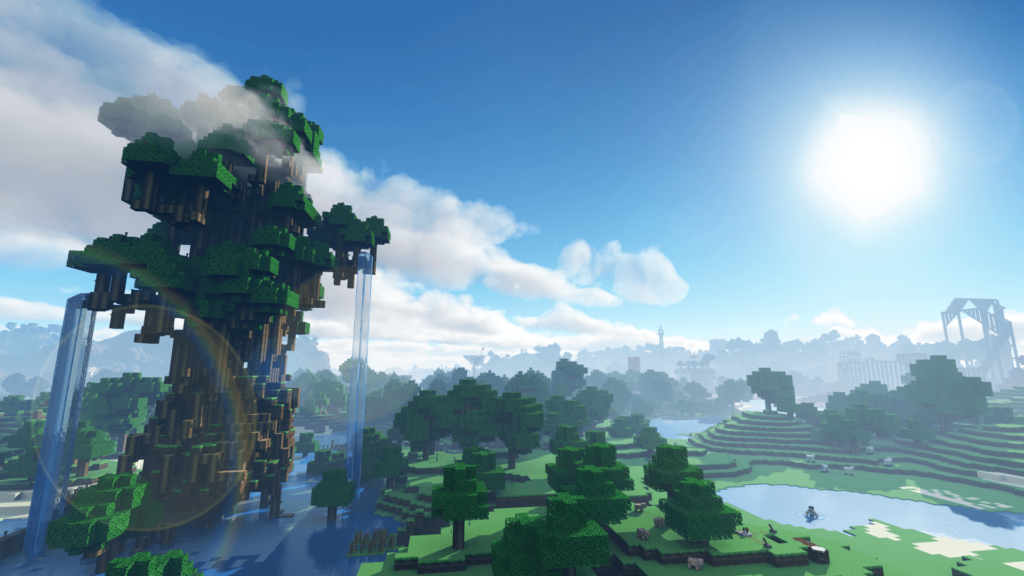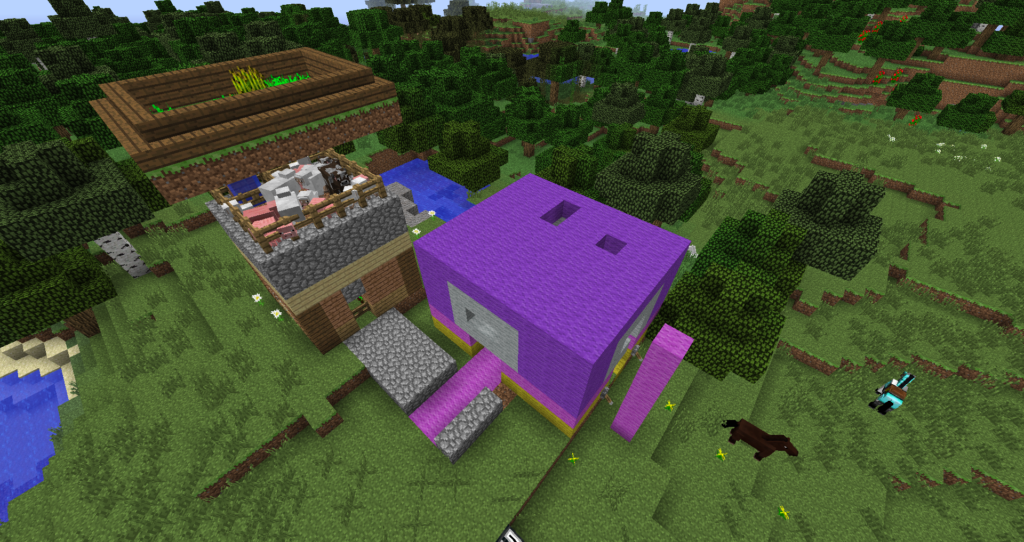
Science Hunters is an educational outreach project, based at Lancaster University, which uses the computer game Minecraft to engage children with learning about science. This approach naturally enthuses the students to engage by using a medium which is familiar and appealing. Through Minecraft, children can become fully immersed in the topic, exploring it in the game, and they can also communicate with each other in both the virtual and real worlds through collaborative building.
Overcoming barriers
The project has a primary focus on working with children who may face barriers to accessing Higher Education, as well as both inspiring an interest in science and instilling the ethos that science and research are accessible to everyone. A key element of the project is extensive work with children with Autism Spectrum Disorder (ASD). ASD is a developmental disorder characterised by impairments in social interaction and communication, repetitive behaviours, and restricted interests.1
Children with ASD often have difficulty communicating and engaging in ‘real world’ social interactions, and restricted interests can present barriers to children’s motivation to engage with others and interventions.
Minecraft provides a social context that allows children to practise initiating and responding to communication, cooperation, pretend play, adherence to social norms, and relationship building. An important aspect of the Science Hunters project is that it provides an inclusive, relaxed environment in which to engage and support children (with ASD or otherwise) with both access to and perceptions of science, and improved senses of wellbeing and social inclusion.

Minecraft as an educational tool
Children’s interests in science tend to decline from 10 years of age2 and are usually established by 14 years.3 However, this decline in interest can be counteracted by engaging children in practical, investigative, activities associated with science.4 Thus, identifying and developing effective methods of encouraging young people to engage with science are of paramount importance.5
In the UK, 69 per cent of 6–10 year olds and 81 per cent of 11–14 year olds play video games.6 Minecraft is one such game, which is highly popular (within five years of release it was the second-best selling game of all time7) and has been described as one of the most important computer games of the current generation.8 With features that correspond to real-world processes and which have relevance to a variety of natural and physical sciences, it is also an ideal medium for communication of scientific concepts.8,9